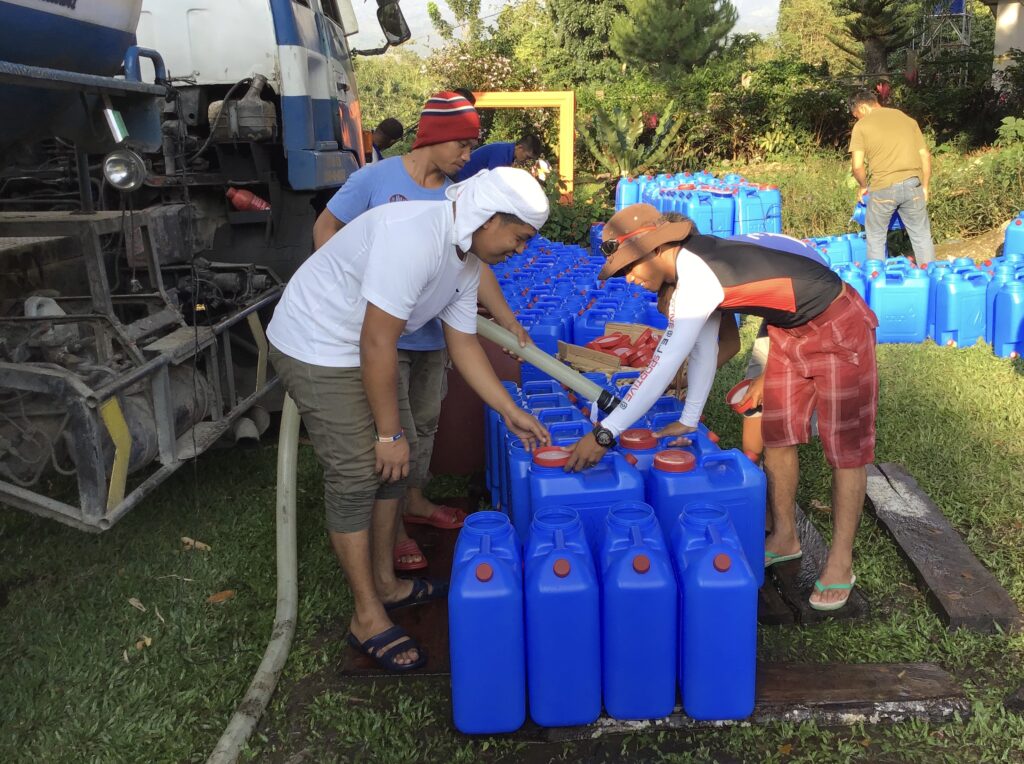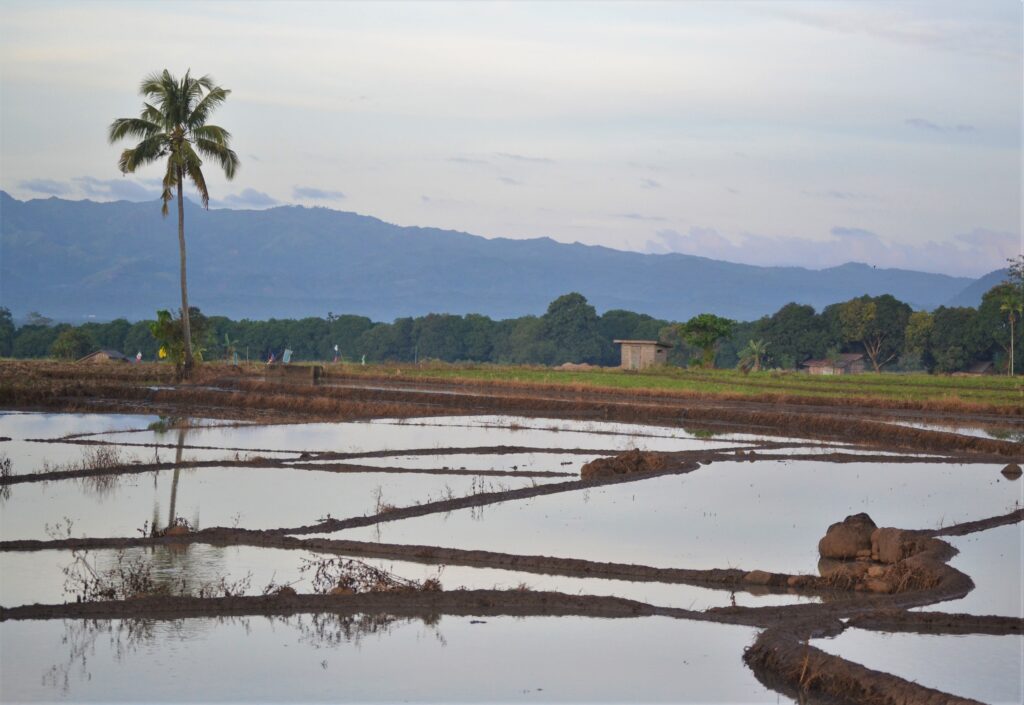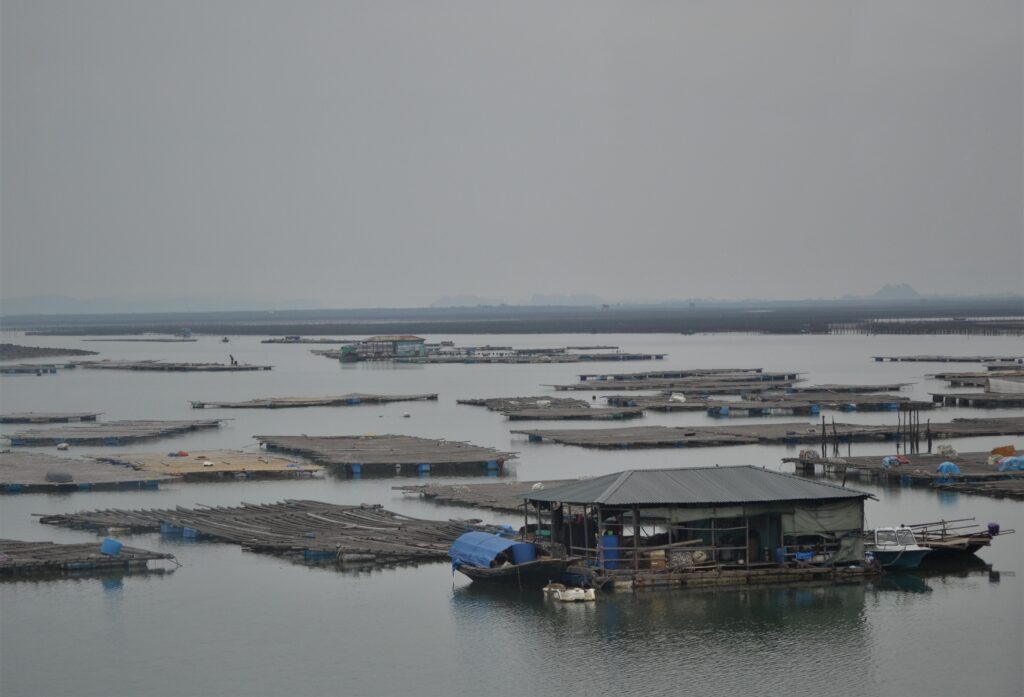WHEN THE WELLS RUN DRY (FIRST OF TWO PARTS)
Text and Photos by Henrylito D. Tacio
(First of Two Parts)
When the wells run dry (First of Two Parts). The water crisis is for real – not only for human survival but also for food production. “We are an agricultural country and that says a lot regarding the importance of water supply,” said Senator Grace Poe in a statement. “We have provinces that have year-round sufficient water supply, enabling the farmers to plant and harvest year-round as well. Some provinces lack such water supply making huge tracts of agricultural lands idle during lean months.”
There are three elements when it comes to food production: sunlight, land, and water. Of these three, water is volatile. Most Filipino farmers rely mostly from rainwater. When there’s no rain, the crops suffer.

“Agriculture is both a victim and a cause of water scarcity,” pointed out World Bank’s Rimma Dankova. “Water of appropriate quality and quantity is essential for the production of crops, livestock, and fisheries, as well as for the processing and preparation of these foods and products.”
But Filipinos only highlight water scarcity and neglect food insecurity as if it is another issue. “Many well-informed individuals see a future of water shortages, but few have connected the dots to see that a future of water shortages will also be a future of food shortages,” stressed Lester R. Brown, president of the Washington, D.C.-based Earth Policy Institute.
“Water shortages lag only climate change and population growth as a threat to the human future,” Brown told this author in an exclusive interview. “The challenge is not to get enough water to drink, but to get enough water to produce our food. We drink, in one form or another, perhaps 4 liters of water per day. But the food we consume each day requires 2,000 liters of water to produce, or 500 times as much.”
A closer look at the available statistics proves him right. Agriculture is by far the biggest consumer of water around the world – nearly 70%, according to the United Nation’s 2018 Water Development Report. “Agriculture is where future water shortages will be most acute,” wrote Michael S. Serrill in the newsweekly Time some years back.
The looming water shortage could threaten food security, said a report published by the Washington-based International Food Policy Research Institute (IFPRI). After all, nearly two-thirds of the world’s rice and wheat are grown on irrigated land, and future growth will rely heavily on the use of irrigation water.
“Water has contributed most of the growth in rice production for the past 30 years,” said the Laguna-based International Rice Research Institute (IRRI). Irrigation-farmed rice draws heavily on the resource.

In his book, Water: The International Crisis, author Robin Clark reports that the amount of water needed to produce one ton of rice would fill between two and three Olympic-sized swimming pools. IRRI claims growing one kilogram of rice with traditional irrigation consumes enough freshwater to fill 25 oil drums.
Projections from the IRRI states that most Asian countries will have severe water problems by 2025. This is bad news for Filipinos who consider rice as their “deepest comfort food.” Each day, about 31,450 metric tons of rice are being consumed by Filipinos, said Emmanuel Piñol when he was the agriculture chief.
“The link between water and food is strong,” Brown pointed out.
This is particularly true when it comes to crop production. “It is largely because of the physiologic process of plant transpiration,” explained David Molden, Charlotte de Fraiture, and Frank Rijsberman in their paper, “Water Scarcity: The Food Factor.” “Huge amounts of water are evaporated constantly from pores on the surface of a plant’s leaves.
“This evaporation is part of the process of photosynthesis, in which a plant manufactures its own energy from sunlight. Evaporation also helps cool the plant and carries nutrients to all its parts,” the authors continued. “In addition to transpiration, some liquid water is turned to vapor through evaporation from wet soils or leaves.”
Once planted and supplied with sunlight, it takes an ample volume of water to grow crops. Global food: Waste not, want not, published by the Institution of Mechanical Engineers (IME), showed that a farmer who plants cabbage has to irrigate his crop with 237 liters of water to come up with 1 kilogram of the leafy vegetable. To produce a kilogram of tomato, about 214 liters of water is needed.
Some people believe it is only crops that consume a lot of water. But so is producing food from livestock, which includes dairy cows and heifers, beef cattle and calves, sheep and lambs, goats, hogs and pigs, rabbits, horses, and poultry.
Beef, the meat used extensively in most fastfood outlets, is by far the most water-intensive all of all meats. “The more than 15,000 liters of water used per kilogram is far more than is required by a number of staple foods, such as eggs (3,300 liters per kilogram), milk (1,000 liters), or potatoes (255 liters),” the Washington, D.C.-based Worldwatch Institute says.
The US Department of Commerce 1992 Census of Agriculture’s Farm and Ranch Irrigation Survey, published in 1994, reported that one pound of pork needs at least 1,630 gallons of water to produce but in contrast one pound of beef requires 5,214 gallons of water.
“Producing beef is much more resource-intensive than producing pork or chicken, requiring roughly three to five times as much land to generate the same amount of protein,” the institute points out.
Aside from livestock, another area in food production that uses a huge volume of water is aquaculture, the raising of fish in lakes, rivers and other bodies of water. “Philippines’ fisheries are moving from marine capture to aquaculture,” said Benjamin Tabios, assistant director for administrative services in the Bureau of Fisheries and Aquatic Resources. “We are trying to reduce the impact of fishing on the environment.”
Aquaculture, once known as “the foster child of agriculture,” has now come of age; it has been identified as a possible solution to the dwindling fish catch in the open seas. Aside from rice, fish is the other staple food of Filipinos.
Fish farming is more advantageous than raising livestock. “For every kilogram of dry feed, we get one kilogram of fish meat,” said Dr. Uwe Lohmeyer of the Deutsche Gesselschaft fur Technische Zusammernarbeit (GTZ), a German Technical Cooperation. “This is a far more favorable rate than in the case of, say, pigs: to produce the same quantity of pork, a farmer – given the same quality of inputs – has to provide three kilograms of feed.”

Michael New, founder of the Aquaculture Without Frontiers, dispelled the myth that aquaculture is a big user of water. “It’s not a major consumer of water, and that’s a plus for aquaculture,” he pointed out. “The water can generally be reused, either for further aquaculture, or for agricultural purposes like irrigation, although there are losses of water due to evaporation.”
In some instances, multi-use of water can be practiced. New shared this bit of information: “For example, more than one species can be grown together if they occupy different environmental niches: you can have polyculture – different species grown together in the same enclosure, such as a pond – and co-culture – one species grown in a cage within a pond containing the other species.”
Without water, there is also no food. With the Philippines facing a water crisis, are there possible solutions in sight? Agriculture Secretary William Dar, when he was still writing a column for Manila Times, shared four recommendations that would help agriculture to have adequate water.
The four recommendations are: (1) harness the potential of rainwater harvesting and rebuilding more small water irrigation systems; (2) accelerate the coverage under the national irrigation system the 1.3 million hectares identified as “irrigable”; (3) undertake a massive reforestation program that is wider in coverage; and (4) increase research and development to one percent of gross domestic product for agriculture to include water research issues.
“There are surely more solutions out there,” Dar wrote, “some of which can be tied up with the four recommendations, like the following: Manage the use of water more efficiently; plant more high value crops needing less water; tap resources from blue and green water; develop climate smart commodities/technologies; and recycle wastewater.”
Water is life; everything is connected with it. As Senator Cynthia Villar said in her keynote address during the Water Initiatives in Southeast Asia, “Everything is interconnected – environment and agriculture, sanitation and health, among others. And in all of those, clean water is crucial, which makes safety, security and sanitation very important.”
Water security, Villar stressed, is a shared responsibility and the government cannot do it alone. In the face of the urgency and enormity of water-related issues, she reiterated, “It is good that stakeholders in water as well as those in the academe and scientific community, are active in initiating efforts.” (To be concluded)

